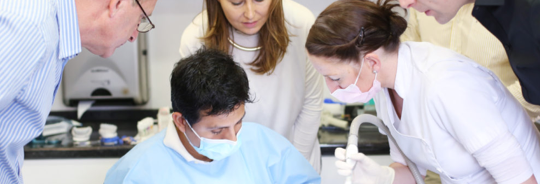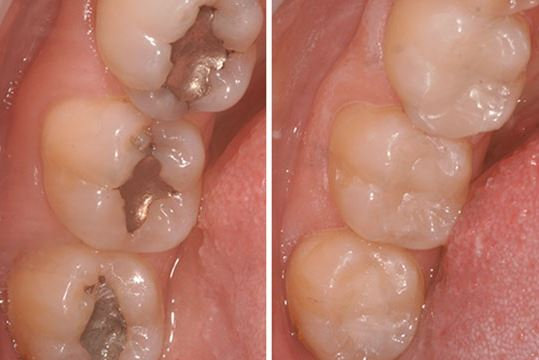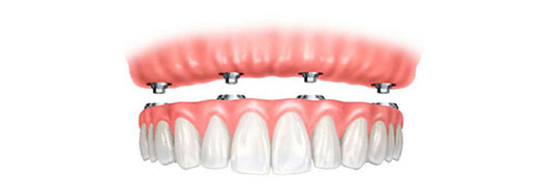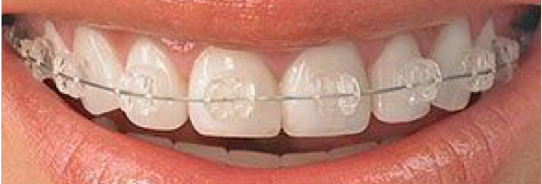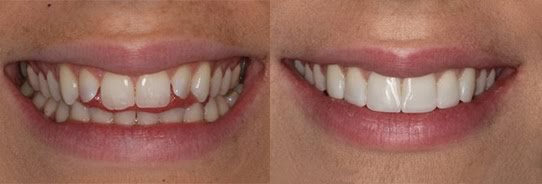
Blog
We post all the latest information here regularly so it's always up to date for you. If there is a topic you would like to have us cover please ask.
4 December 2017
Gum Disease and Your Health

Periodontitis, more commonly known as gum disease, is one of the most common adult disease in Ireland. New research has revealed links between gum disease and diabetes, cardiovascular disease and other chronic conditions, yet many people do not realise just how serious the disease is. But just what is periodontitis?
Periodontitis is one of the most common chronic diseases, with 8 out of 10 people over 35 suffering from some form of it. Essentially, gum disease is an inflammation of the gums and supporting structures of the teeth. This inflammation will often result in swollen, red and bleeding gums and is the body's natural reaction against certain bacteria which have collected on the surface of the teeth. If the bacteria isn't removed by brushing, the inflammation can spread below the gum line which in turn will destroy the supporting structures of the teeth, leading to potential tooth loss.
What Causes Periodontitis?
Gum disease is caused by bacteria known as periodontal bacteria. These form a sticky plaque which adheres to the tooth surface, causing inflammation. With proper care and regular cleaning, these bacteria are no threat to the mouth's immune system. They only become harmful when conditions in the mouth allow them to grow in large numbers. This can occur when oral hygiene is stopped or when there is a sudden change in the normal functioning of the immune system.
How Does Gum Disease Occur?
If the disease is allowed the continue, a pocket develops in the gum beside the tooth. This pocket provides the perfect environment for more dangerous (anaerobic) bacteria to thrive and multiply. Large numbers of these bacteria can then produce harmful by-products, such as acids, which will lead to further inflammation.
Various Forms of Gum Disease
There are various forms of gum disease, but the most common are chronic periodontitis and gingivitis. When plaque bacteria is allowed to grow on the gum line, a treatable inflammatory process known as gingivitis can occur. This will cause the gums to become red, swollen and regularly bleed.
Once the plaque has been removed with regular brushing and care, the gums will revert back to normal and no permanent damage will occur. However if gingivitis is left untreated, complications from family history, diabetes or smoking can lead to periodontitis - a more destructive and irreversible disease. This chronic inflammation caused by periodontitis causes the bone of the jaw to be destroyed, leading to tooth loss. This slow process takes place over several years and, if treated properly, can potentially be halted. However, both children and young adults alike can suffer from aggressive forms of the disease, which will lead to rapid bone and tooth loss. It's paramount that these potentially destructive signals are identified early by arranging regular check-ups with your dentist.
How to Identify Gum Disease
Gingivitis can progress to periodontitis without any clear warning. However, symptoms such as bad breath, lengthening of teeth, movement of teeth, regular bleeding gums and redness of the gums should be reported to your dentist immediately. It's incredibly rare that any discomfort will occur and bleeding gums may be less noticeable in smokers due to the nicotine reducing the blood supply to the gums.
How to Spot if You Have Gum Disease?
Periodontitis is always preceded by gingivitis or inflammation of the gums. The obvious sign to look out for is bleeding gums caused by brushing your teeth. Your gums may appear red and swollen, and may possibly have a layer of hard material on the surface of the teeth next to the gum. This is calcified plaque otherwise known as tartar.
How Quickly Can Gum Disease Develop?
Due to the slow progression of gum disease, it may begin as early as in your teenage years and go unrecognised well into your 40's or 50's, at which stage irreversable damage will have occurred. This is yet another reason as to why it's so important to schedule regular visits with your dentist or hygienist. By doing so, early signs of the disease can be detected and treatment started.
Risks Factors
Just how quickly periodontitis can spread depends entirely on a number of factors, including the amount and type of bacteria on the surface of the tooth, your general health along with family history, poor oral hygiene, smoking, stress, obesity and mormonal changes such as menopause and pregnancy. Medications associated with blood pressure and cancer treatment can also be another factor.
How To Prevent Periodontitis
Maintaining good oral hygiene by brushing and flossing along with regular visits to your dentist or hygienist, who can provide early diagnosis, prevention and effective treatment.
Other Effects of Periodontitis
Periodontitis not only causes issues for the teeth and mouth, but can also increase the risk of other health problems. The increased numbers of pathogenic bacteria under the gums can pass into the bloodstream and affect other parts of the body. This can lead to cardiovascular disease, stroke, diabetes and raise the risk of premature birth in some pregnant women.
Periodontitis Treatment
Your dentist or hygienist will first demonstrate how to keep your teeth and gums clean and healthy with correct brushing and flossing. This will be followed by a professional cleaning where your dentist will remove all deposits of bacteria and tartar from the tooth surfaces.
Severe Cases of Gum Disease
In some cases, you may be prescribed antibiotics to help combat persistent or aggressive forms of gum infections. In some occasions, it may be necessary to undergo a minor procedure in order to better access the tooth surface so that plaque deposits can be removed.
Maintaining a Healthy Mouth
This depends entirely on your own efforts to maintain regular oral hygiene by regularly brushing and arranging visits to your dentist. At each check-up, your dentist or hygienist will review your gums in order to access whether there is any inflammation of the teeth or gums.
How Often Should You Visit the Dentist
On average, a patient who has healthy teeth and gums should be visiting the dentist twice a year to ensure prevention of any potential issues. However, if you have a family history of gum disease, it is recommended you talk to your dentist. If you have been diagnosed with gum disease and treated for the condition, the frequency of your check-ups will depend entirely on the severity of the disease. Normally, these range every 3 to 6 months.



